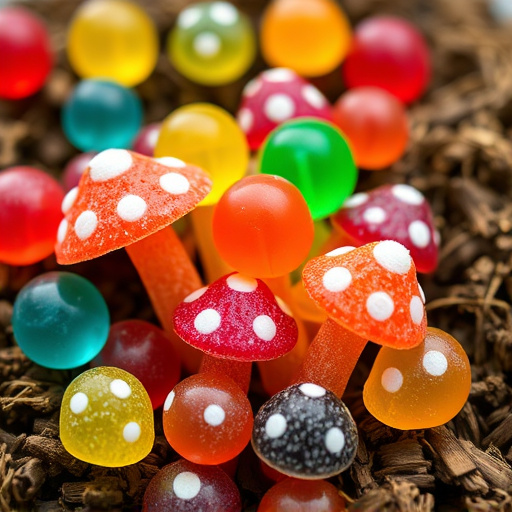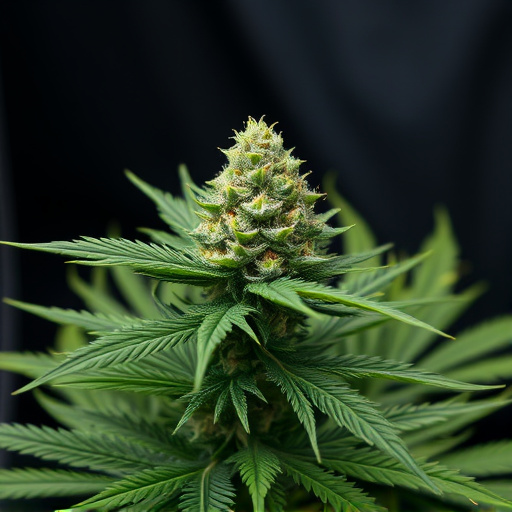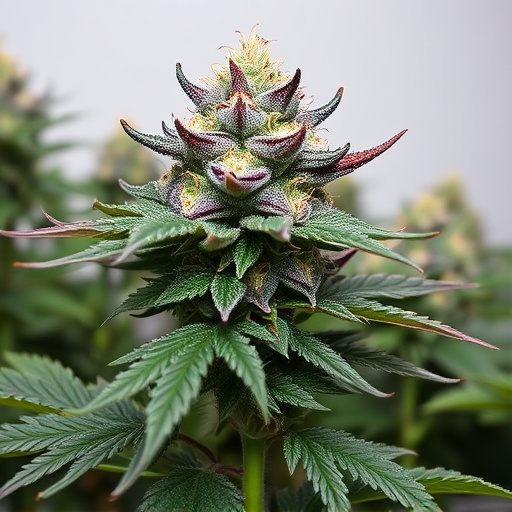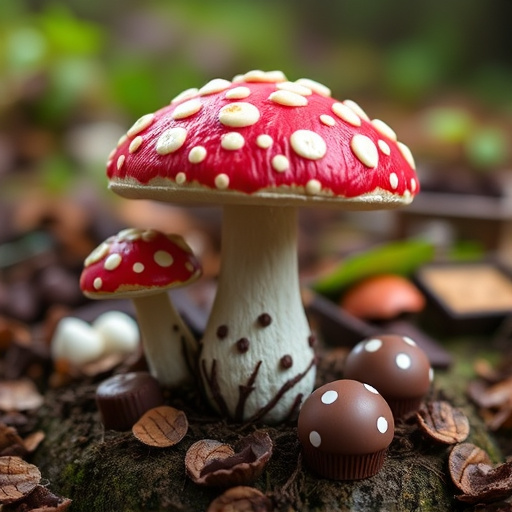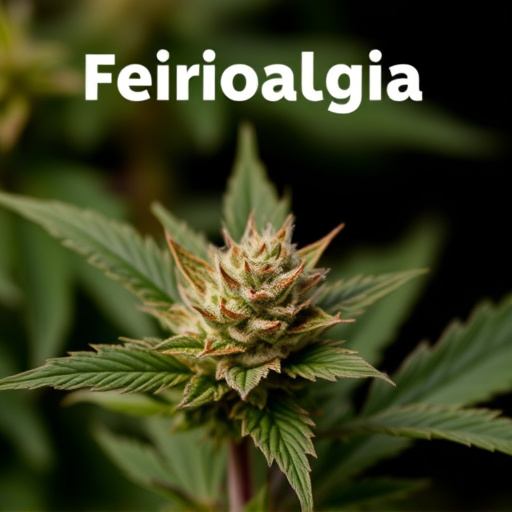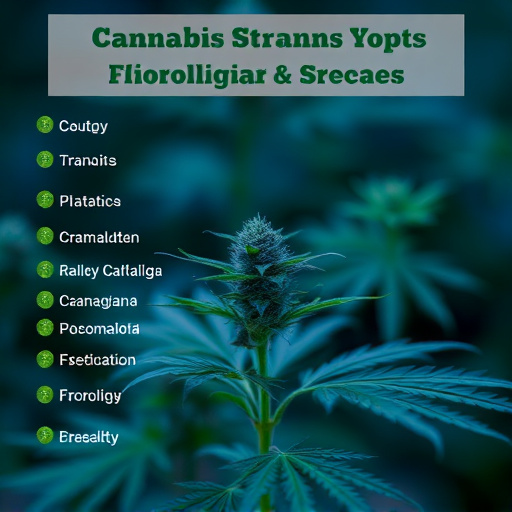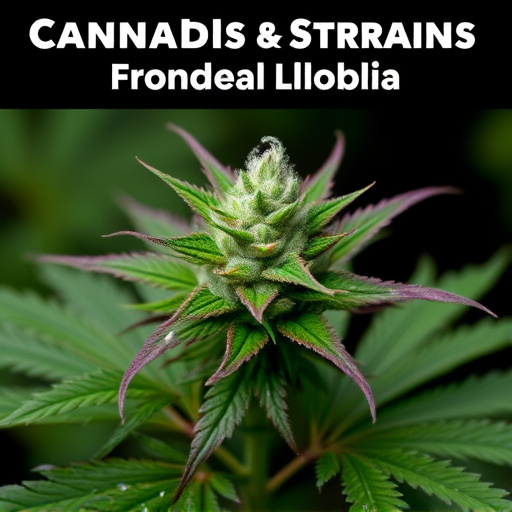Cannabis terpenes, organic compounds responsible for the plant's scent and flavor, significantly influence the characteristics of different strains, including their potential therapeutic benefits for chronic pain conditions like fibromyalgia. Common terpenes include myrcene, limonene, pinene, and linalool, contributing to a variety of aromas from pungent to complex. Strains vary in terpene combination and concentration, allowing users with fibromyalgia to choose those that align with their preferences and needs. For symptom management, popular choices include hybrids like Blue Dream and Granddaddy Purple for balanced cannabinoids, or Indica-dominant strains such as Northern Lights and Bubble Gum for sedative properties, offering discreet yet effective relief tailored to individual requirements.
Unravel the mysterious reasons behind the skunk-like aroma in certain cannabis strains! This article delves into the science behind terpenes, the organic compounds responsible for cannabis’ distinctive scents. We explore how various factors, from plant breed to cultivation methods, contribute to a skunkier profile. Additionally, we offer insights on cannabis strains suitable for managing fibromyalgia symptoms, focusing on options with less intense skunk notes for a more pleasant experience.
- Understanding Cannabis Terpenes and Their Impact on Smell
- Factors Influencing Skunkiness in Cannabis Strains
- Strain Recommendations for Managing Fibromyalgia Symptoms with Less Skunkiness
Understanding Cannabis Terpenes and Their Impact on Smell
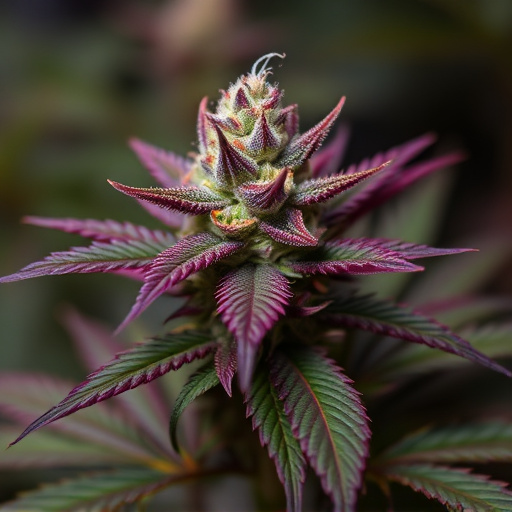
Cannabis terpenes, organic compounds responsible for the plant’s aroma and flavor, play a significant role in shaping how different strains smell. Terpenes not only contribute to the distinctive scent but also offer potential therapeutic benefits, including relief from chronic pain conditions like fibromyalgia. Some terpenes commonly found in cannabis include myrcene, limonene, pinene, and linalool, each with unique properties that can influence a strain’s overall character.
Myrcene, for example, is known for its earthy and skunk-like aroma, often associated with heavier strains. On the other hand, limonene offers a bright and citrusy scent, while pinene has a fresh pine-like fragrance. Linalool contributes floral and fruity notes. The specific combination and concentration of these terpenes vary across cannabis strains, leading to a wide range of smells from pungent and skunkier profiles to more delicate and complex fragrances. This diversity allows users, particularly those seeking cannabis for fibromyalgia or other conditions, to find strains that best suit their preferences and needs.
Factors Influencing Skunkiness in Cannabis Strains
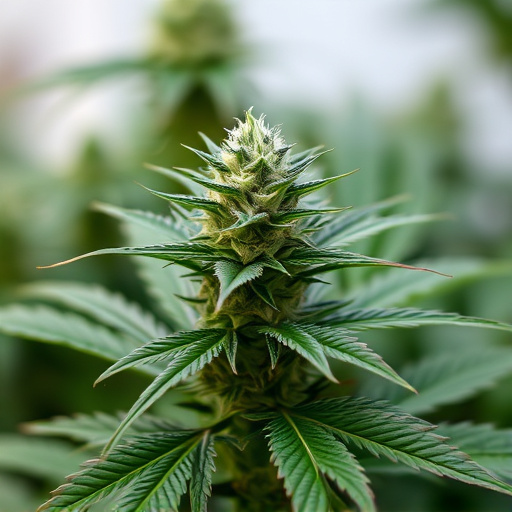
The skunk-like aroma in cannabis is a complex interplay of various chemical compounds, primarily terpenes and aromatic hydrocarbons. These compounds are responsible for the distinctive odours we associate with different cannabis strains. Several factors influence the skunkiness of cannabis strains, which can vary widely, even within the same species.
Terpene profiles play a significant role in determining the scent and flavour of cannabis. Different terpene types, such as myrcene, limonene, and pinene, contribute to diverse aromas ranging from citrusy and floral to earthy and musky. Strains known for their therapeutic benefits, like those often recommended for managing fibromyalgia symptoms, may have been selected or bred for specific terpene combinations that offer desirable effects while still carrying a skunkier profile. Additionally, environmental factors during cultivation can impact the expression of these compounds, leading to variations in skunkiness across different cannabis strains.
Strain Recommendations for Managing Fibromyalgia Symptoms with Less Skunkiness
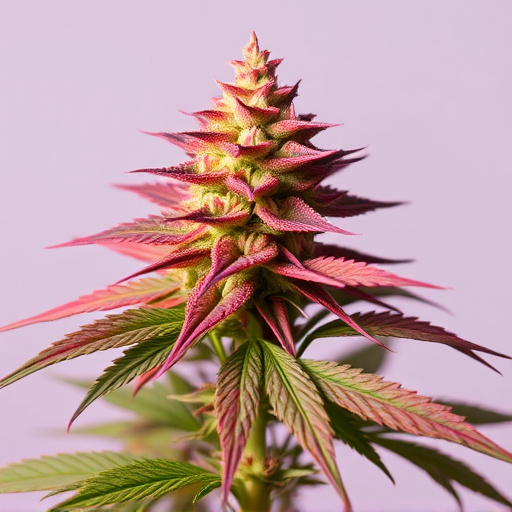
For individuals managing fibromyalgia symptoms, finding the right cannabis strain can make all the difference. While some strains are renowned for their skunk-like aroma, others offer a more subtle and pleasant profile. When it comes to alleviating fibromyalgia pain and inflammation without the overwhelming skunk scent, several cannabis varieties prove effective.
Recommended strains include those known for their balanced cannabinoids, such as Blue Dream or Granddaddy Purple. These hybrids often provide a relaxing effect while minimizing the pungent smell associated with certain cannabis types. Additionally, Indica-dominant strains like Northern Lights or Bubble Gum are popular choices due to their sedative properties and more discreet aroma. Exploring these options can help individuals experiencing fibromyalgia find relief without being overly bothered by the skunkiness often linked to cannabis.
In conclusion, the skunk-like aroma in cannabis is largely attributed to terpenes, natural compounds that contribute significantly to the plant’s unique scent. Understanding these terpenes and their interplay allows cultivators to create cannabis strains with more desirable aromas, especially those suitable for managing fibromyalgia symptoms. By selecting strains with balanced terpene profiles, individuals can experience effective relief while minimizing the intensity of a skunkier odor. This approach ensures that both quality of life and personal preferences are considered when choosing the right cannabis strains for fibromyalgia.
